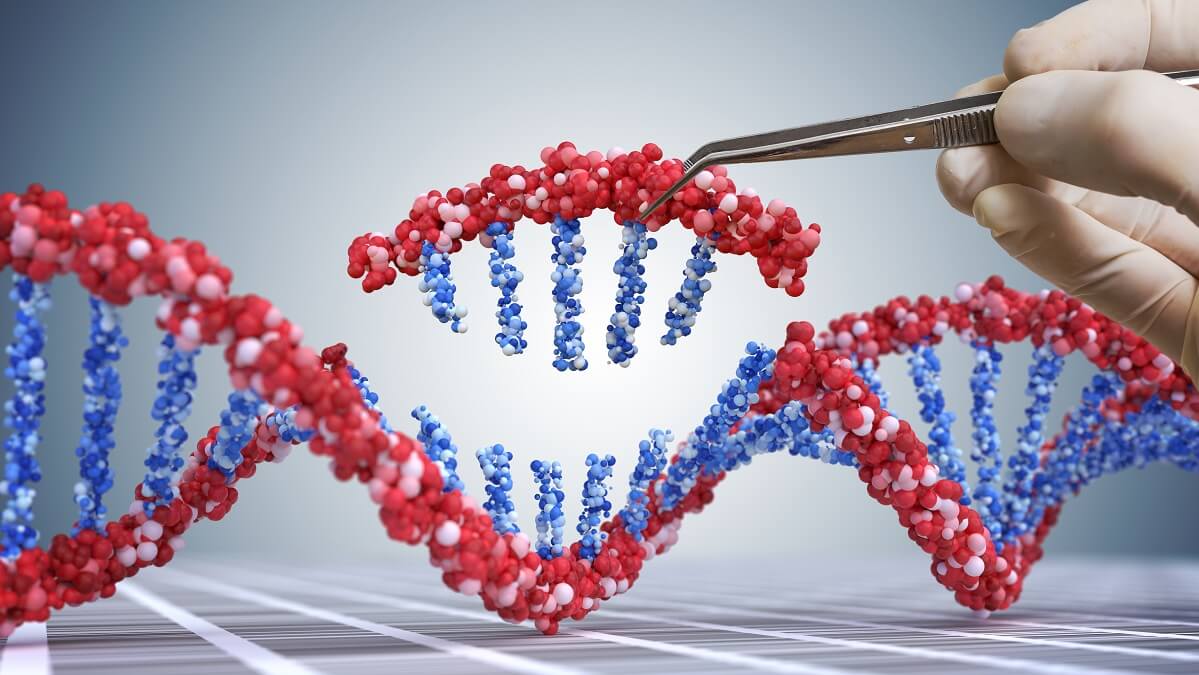Detecting cancer as early as possible is key to your prospects of survival. But cancer tests can sometimes be invasive and time consuming. Now, a team of researchers claims to have developed a simple paper test that can detect many cancers even earlier than current methods.
The researchers, from the prestigious Massachusetts Institute of Technology (MIT), have demonstrated a new type of sensor that uses synthetic nanoparticle biomarkers to enable early diagnosis of different cancers using a urine test.
The sensors can also detect what type of tumour is present and whether or not that tumour is responding to treatment.
The synthetic nanoparticle biomarkers, also known as nanosensors, are tiny artificial sensors that can measure physical quantities within your body, store that information and then transmit it to a computer for analysis.
The nanoparticles are designed so that when they encounter a tumour, they shed short sequences of DNA that are excreted in the urine.
Analysing these DNA ‘barcodes’ can reveal distinguishing features of the patient’s tumour. The researchers designed their test so that it can be performed using a strip of paper, similar to an at-home COVID test, which they hope could make it affordable and accessible to as many patients as possible.
Professor Sangeeta Bhatia, senior author on the study, told ScienceDaily one of her team’s aims was to develop an uncomplicated and low-cost cancer diagnosis method that can be widely distributed.
“We are trying to innovate in a context of making technology available to low- and middle-resource settings,” she says.
“Putting this diagnostic on paper is part of our goal of democratising diagnostics and creating inexpensive technologies that can give you a fast answer at the point of care.”
The researchers showed that they could use the sensors to detect the activity of five different enzymes expressed in tumours. They also showed that their approach could be scaled up to distinguish at least 46 different DNA barcodes in a single sample, using a microfluidic device to analyse the samples.
For this study, the researchers used two different types of nanoparticles: one, a particle made from polymers approved for use in humans, and the other a ‘nanobody’, an antibody fragment that can be designed to accumulate at a tumour site.
Once these particles are secreted in the urine, the sample can be analysed using a paper strip that recognises a reporter that is activated by an enzyme known Cas12a.
When a particular DNA barcode is present in the sample, Cas12a amplifies the signal so that it can be seen as a dark strip on a paper test.
The particles can be designed to carry many different DNA barcodes, each of which detects a different type of activity. Using a larger number of sensors provides a boost in both sensitivity and specificity, allowing the test to more easily distinguish between tumour types.
Should this technology be trialled for use in Australia? Could it have made a difference to your cancer experience? Let us know in the comments section below.
Also read: Timing of cancer diagnosis and treatment matters, study finds


Bring it on, sounds like a good start
Absolutely, bring it on indeed . So often we hear of some medical system that is in use overseas fo rmany years, for the patients benefits but the TGA is so slow at approving it here. There was something on the news recently that was a gold statndard in use in Europe but the TGA hadn’t approved it for Australia. That is happening too often
Must agree Frank
TGA is definitely very slow and even then they do not get it right